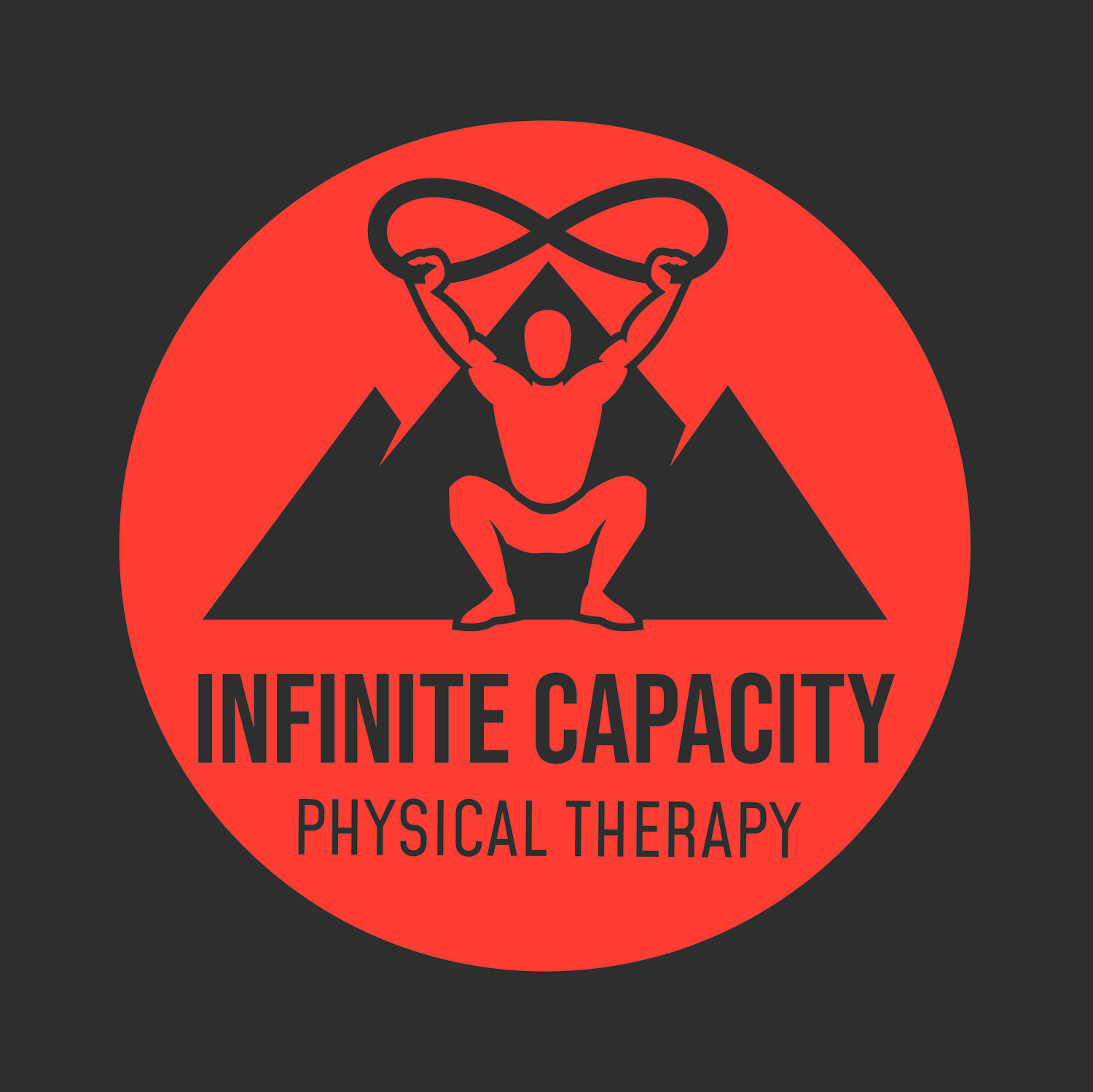Should I Push Through or Rest? A CrossFit Athlete’s Guide to Listening to Your Body
If you're an active adult or CrossFit athlete training in the Portland Maine area, you’ve probably asked yourself this question:
“Is this just soreness, or am I actually injured?”
It’s a tough call.
At Infinite Capacity Physical Therapy, we help athletes figure this out every day. Understanding the difference between appropriate discomfort and pain warning signs is the key to staying consistent in the gym and avoiding long-term setbacks.
Let’s break it down so you can stay on track and train smart.
🚦 Discomfort vs. Pain: What’s the Difference?
✅ Discomfort (Green Light)
This is the type of feeling that says:
"This is hard, but I can handle it."
“My muscles are burning during the workout.”
“I’m sore in my muscles the next day or a few days, but still functional.”
💡 This is normal and even necessary for building strength and fitness. Think muscle fatigue during a tough WOD, or delayed onset muscle soreness (DOMS) after a new movement or one you haven’t done in a while.
⚠️ Pain (Yellow Light)
This type of feeling might be telling you to slow down:
Pain that improves or goes away as you warm up
Pain that changes your movement or makes you compensate
Pain that makes you avoid movements and/or modify to a different movement/variation for more than 2 weeks
An increase in baseline symptoms within 24 hours after a workout
Recurring cycle of symptoms (pain in a location for a few weeks, then it goes away for a while, then the same thing returns again)
🚫 If you're experiencing these symptoms, it’s probably time to get it checked out.
🚫 Pain (Red Light)
This type of feeling might be telling you to stop:
Sharp, stabbing pain during a lift or movement
Joint pain that lingers or worsens
Swelling, bruising, or weakness
🚫 If you're experiencing these symptoms, you probably should not push through. It’s time to get it checked out to come up with a plan to get the issue fixed.
🔍 A Simple Rule We Teach at Infinite Capacity PT
"Discomfort is usually okay. Pain that makes you modify or interrupts your daily activities —don’t ignore it."
It’s also important to consider when and where the pain occurs. Shoulder pinch during snatches? Knee pain during squats? Low back discomfort during deadlifts? These are common complaints we help Portland athletes work through.
🧠 How to Make Smart Training Decisions
Before you decide to push or rest, ask yourself:
Can I move with good form?
Is the discomfort symmetrical or just one-sided?
Is it joint pain or just muscle soreness?
Will pushing through make this worse tomorrow?
When in doubt, modify and seek help from someone who understands the demands of your sport! You’re not “skipping” the workout or getting less fit—you’re training smart for the long game.
🩺 When to See a Physical Therapist
If you’ve taken a few rest days, tried to modify, and the issue still won’t go away, it’s time to get help. Many CrossFit athletes wait too long, which turns a small tweak into a chronic issue.
At Infinite Capacity Physical Therapy, we specialize in helping functional fitness athletes stay in the gym. We’ll assess your movement, figure out what’s causing the pain, and give you a clear plan to get back to 100% without taking time away from the gym.
We’re proud to work with athletes at:
East Yard CrossFit
Misfit Gym Portland
CrossFit Casco Bay
CrossFit KGB
Livfit Athletics
And other great gyms in Portland, Maine and beyond
💪 Don’t Let Pain Keep You Out of the Gym
If you're wondering how to keep up your training intensity while dealing with a pain issue, you're not alone—and you don’t have to figure it out alone, either.
